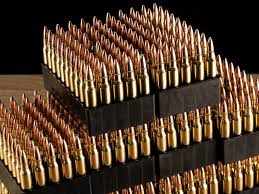
Market Overview:
The ammunition market is experiencing rapid growth, driven by rising geopolitical tensions and military modernization, expanding civilian use and sports shooting activities and technological advancements and smart ammunition development. According to IMARC Group’s latest research publication, “ Ammunition Market Size, Share, Trends, and Forecast by Product, Caliber, Guidance, Lethality, Application, and Region, 2025-2033.”The global ammunition market size was valued at USD 25.8 Billion in 2024. Looking forward, IMARC Group estimates the market to reach USD 36.1 Billion by 2033, exhibiting a CAGR of 3.44% from 2025-2033.
This detailed analysis primarily encompasses industry size, business trends, market share, key growth factors, and regional forecasts. The report offers a comprehensive overview and integrates research findings, market assessments, and data from different sources. It also includes pivotal market dynamics like drivers and challenges, while also highlighting growth opportunities, financial insights, technological improvements, emerging trends, and innovations. Besides this, the report provides regional market evaluation, along with a competitive landscape analysis.
Grab a sample PDF of this report: https://www.imarcgroup.com/ammunition-market/requestsample
Market Dynamics
Market Trends and Market Outlook
Competitive Analysis
Industry Segmentation
Strategic Recommendations
Growth Factors in the Ammunition Market
Rising Geopolitical Tensions and Military Modernization:
The ammunition market is experiencing significant growth in the midst of increased geopolitical tensions and rising defense budgets for many countries. Many nations are reinforcing their military and developing advanced ammunition systems to thwart threats against security caused by international conflicts, border disputes and terrorism. For example, many of the countries in Eastern Europe and in the Asia-Pacific region are shining an added light on the erstwhile commonplace ammunition markets for small arms, artillery shells, or tank ammunition to support rapid response forces and deter threats from adversaries. The militarization not only augurs well for the prospects of the conventional ammunition markets, but the growing militarization should open up significant new prospects for other brands of innovative, next-generation projectiles.
Expanding Civilian Use and Sports Shooting Activities:
Another major growth factor for the ammunition market is the increase in civilian usage, particularly in jurisdictions where firearms ownership is legal and accepted. Recreational shooting, hunting, and competition shooting have become more mainstream in countries like the United States, Canada, and parts of Europe. Further, as a result of demand for small caliber ammunition, shooting ranges and gun clubs are moving into previously unutilized traditional shooting and hunting areas. Also, manufacturers of ammunition increasingly offer a wider range of products featuring eco-friendly and lead-free rounds to match regional environmental regulations and the preferences of responsible civilian shooters, thus promoting this segment. Many in the civilian market are filling in gaps from seasonal, golf-long issues that plague military procurement and other troubles from politically driven matters.ors.
Technological Advancements and Smart Ammunition Development:
The ammunition marketplace is evolving to provide increased precision, lethality, and safety through innovative advancements. Technological leaps like guided ammunition, programmable fuses, or smart targeting systems are revolutionizing conventional weapons. For example, defense companies are creating projectiles that can change trajectories mid-air, or projectiles that can self-destruct, to avoid collateral damage, all of which are important to urban combat and counterterrorism operations. They are also valuable in military situations because smart ammunition waste none of the lethal potential in expelling more mass than necessary in each shot. The prospects of these innovations are prompting defense ministries and law enforcement agencies to replace existing stockpiles of obsolete ammunition that does not have the same capabilities and intelligence.
Key Trends in the Ammunition Market
Growing Preference for Lightweight and Eco-Friendly Ammunition:
Sustainability concerns are reshaping the ammunition industry, leading to increased adoption of lightweight and eco-friendly alternatives. Traditional ammunition materials, particularly those using lead, have raised health and environmental risks. In response, manufacturers are producing lead-free bullets using copper and polymer-based components. These alternatives reduce pollution in shooting ranges and wildlife habitats, especially important in civilian and law enforcement training environments. Additionally, lighter ammunition reduces the load burden on soldiers, enabling them to carry more rounds without compromising mobility. This shift toward greener materials aligns with global regulatory trends and reflects growing awareness of sustainability in defense and recreational sectors.
Integration of AI and Sensors in Modern Ammunition:
The incorporation of artificial intelligence (AI) and sensors into ammunition is emerging as a game-changing trend. Smart munitions can now gather real-time data, track targets, and adjust trajectories mid-air for higher precision. This trend is particularly evident in air-to-ground missiles and artillery systems, where accuracy is crucial for mission success and minimizing civilian casualties. Defense contractors are collaborating with tech firms to design network-enabled projectiles that can communicate with other battlefield systems. This digital integration supports faster decision-making and enhances combat effectiveness. As AI-driven technologies mature, they are likely to redefine the role of ammunition in modern warfare scenarios.
Rise of Domestic Manufacturing and Supply Chain Localization:
In recent years, many countries have begun to prioritize domestic ammunition production to ensure self-reliance and secure supply chains. The COVID-19 pandemic and ongoing geopolitical disruptions exposed vulnerabilities in global arms supply chains, prompting governments to invest in local manufacturing facilities. Nations such as India, Brazil, and Saudi Arabia have launched initiatives to strengthen their defense industrial bases, including ammunition plants. This trend supports job creation, technological transfer, and strategic autonomy. Additionally, local production helps countries meet unique operational requirements more efficiently, leading to customized ammunition designs suited for specific terrain, climate, or combat strategies.
Leading Companies Operating in the Ammunition Market Industry:
Ammo Inc.
Arsenal 2000 AD
BAE Systems PLC
CBC Ammo LLC
Denel SOC Ltd
Hanwha Corporation
Herstal Group
Hornady Manufacturing Company
Nammo AS
Nexter Group KNDS
Northrop Grumman Corporation
Nosler Inc.
Remington Outdoor Company Inc
Rheinmetall AG
Sierra Bullets (Clarus Corporation)
Ammunition Market Report Segmentation:
By Product:
Bullets
Aerial Bombs
Grenades
Mortars
Artillery Shells
Others
Bullets dominate due to widespread military, law enforcement, and civilian use, with key players like Winchester and Federal Premium driving innovation in rifle and handgun ammunition segments.
By Caliber:
Small
Medium
Large
Small caliber leads owing to its versatility across military, law enforcement, and recreational shooting applications, with popular cartridges like .223 Remington and 9mm driving demand.
By Guidance:
Guided
Non-Guided
Non-guided ammunition maintains dominance as traditional bullets and shells remain standard-issue for militaries worldwide, though guided munitions are gaining traction for precision applications.
By Lethality:
Less-Lethal
Lethal
Lethal ammunition holds the largest share, with defense forces prioritizing high-performance rounds, while less-lethal options grow for law enforcement crowd control scenarios.
By Application:
Defense
Military
Homeland Security
Civil and Commercial
Sporting
Hunting
Self-Defense
Others
Defense applications lead overwhelmingly due to global military modernization programs and homeland security needs, dwarfing commercial uses like hunting and sport shooting.
Regional Insights:
North America (United States, Canada)
Asia Pacific (China, Japan, India, South Korea, Australia, Indonesia, Others)
Europe (Germany, France, United Kingdom, Italy, Spain, Russia, Others)
Latin America (Brazil, Mexico, Others)
Middle East and Africa
North America dominates, fueled by massive U.S. defense spending, civilian gun culture, and presence of major manufacturers responding to both military and commercial demand.
Research Methodology:
The report employs a comprehensive research methodology, combining primary and secondary data sources to validate findings. It includes market assessments, surveys, expert opinions, and data triangulation techniques to ensure accuracy and reliability.
Note: If you require specific details, data, or insights that are not currently included in the scope of this report, we are happy to accommodate your request. As part of our customization service, we will gather and provide the additional information you need, tailored to your specific requirements. Please let us know your exact needs, and we will ensure the report is updated accordingly to meet your expectations.
About Us:
IMARC Group is a global management consulting firm that helps the world’s most ambitious changemakers to create a lasting impact. The company provide a comprehensive suite of market entry and expansion services. IMARC offerings include thorough market assessment, feasibility studies, company incorporation assistance, factory setup support, regulatory approvals and licensing navigation, branding, marketing and sales strategies, competitive landscape and benchmarking analyses, pricing and cost research, and procurement research.
Contact Us:
IMARC Group
134 N 4th St. Brooklyn, NY 11249, USA
Email: sales@imarcgroup.com
Tel No:(D) +91 120 433 0800
United States: +1-631-791-1145

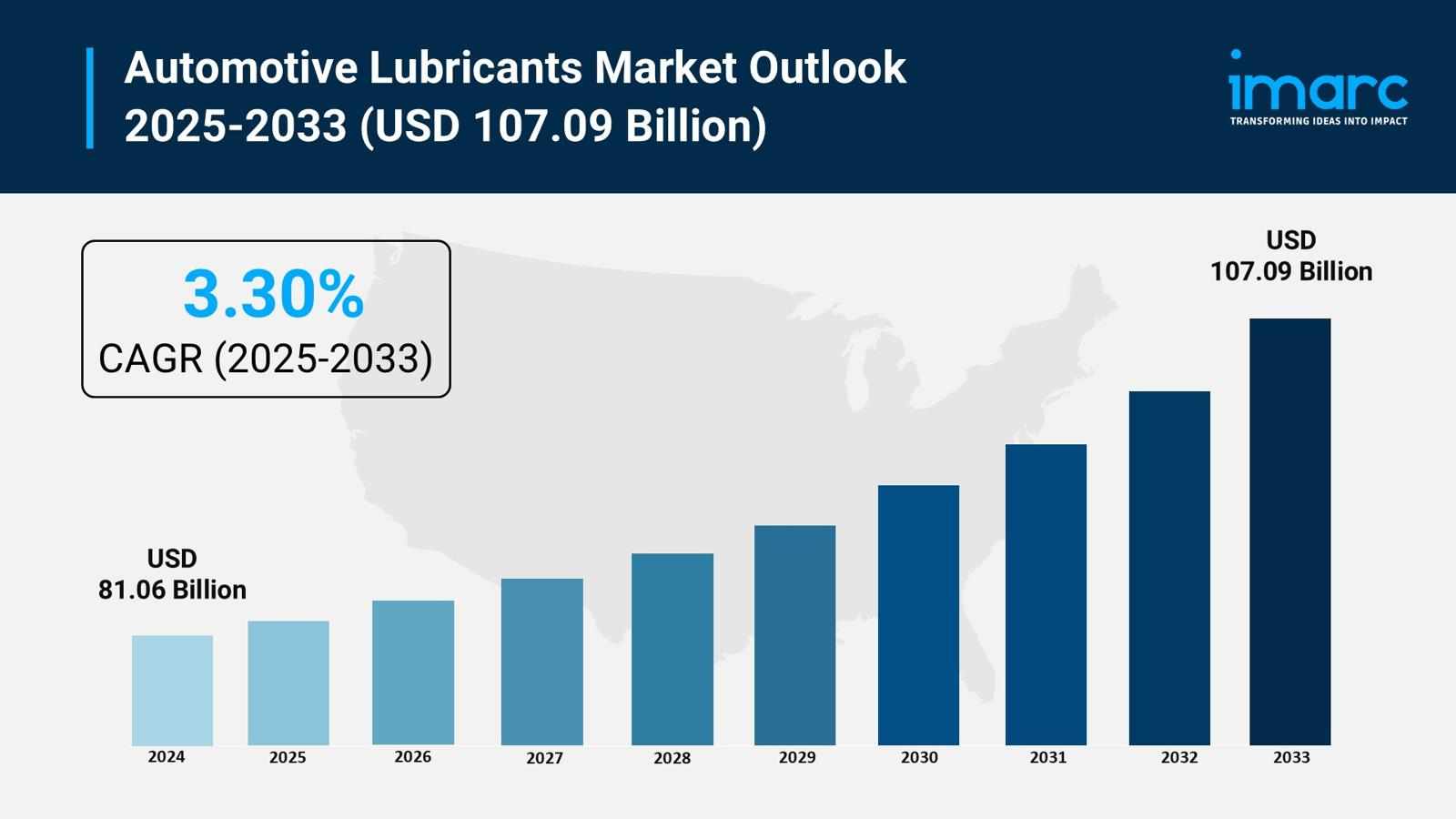
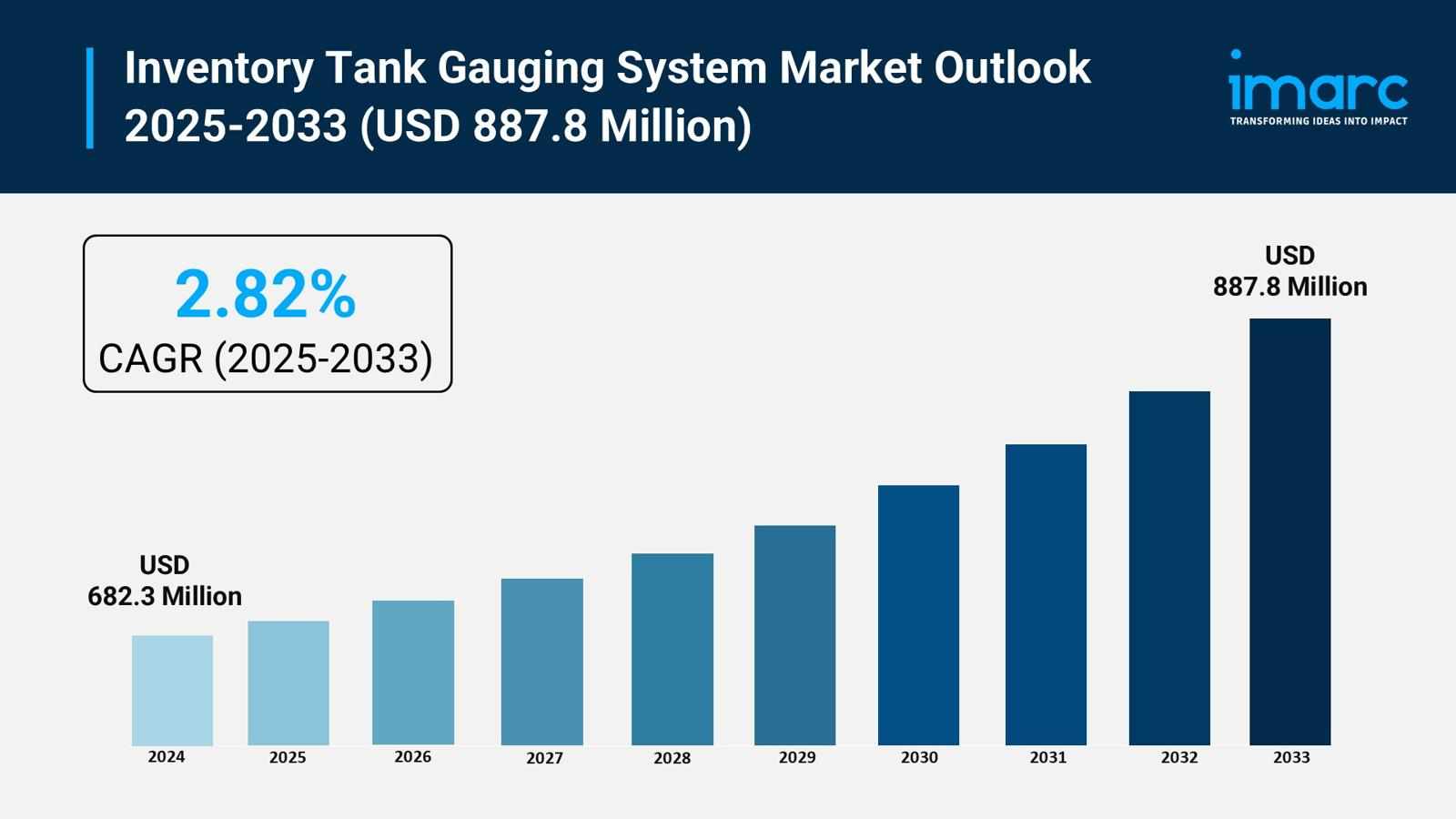
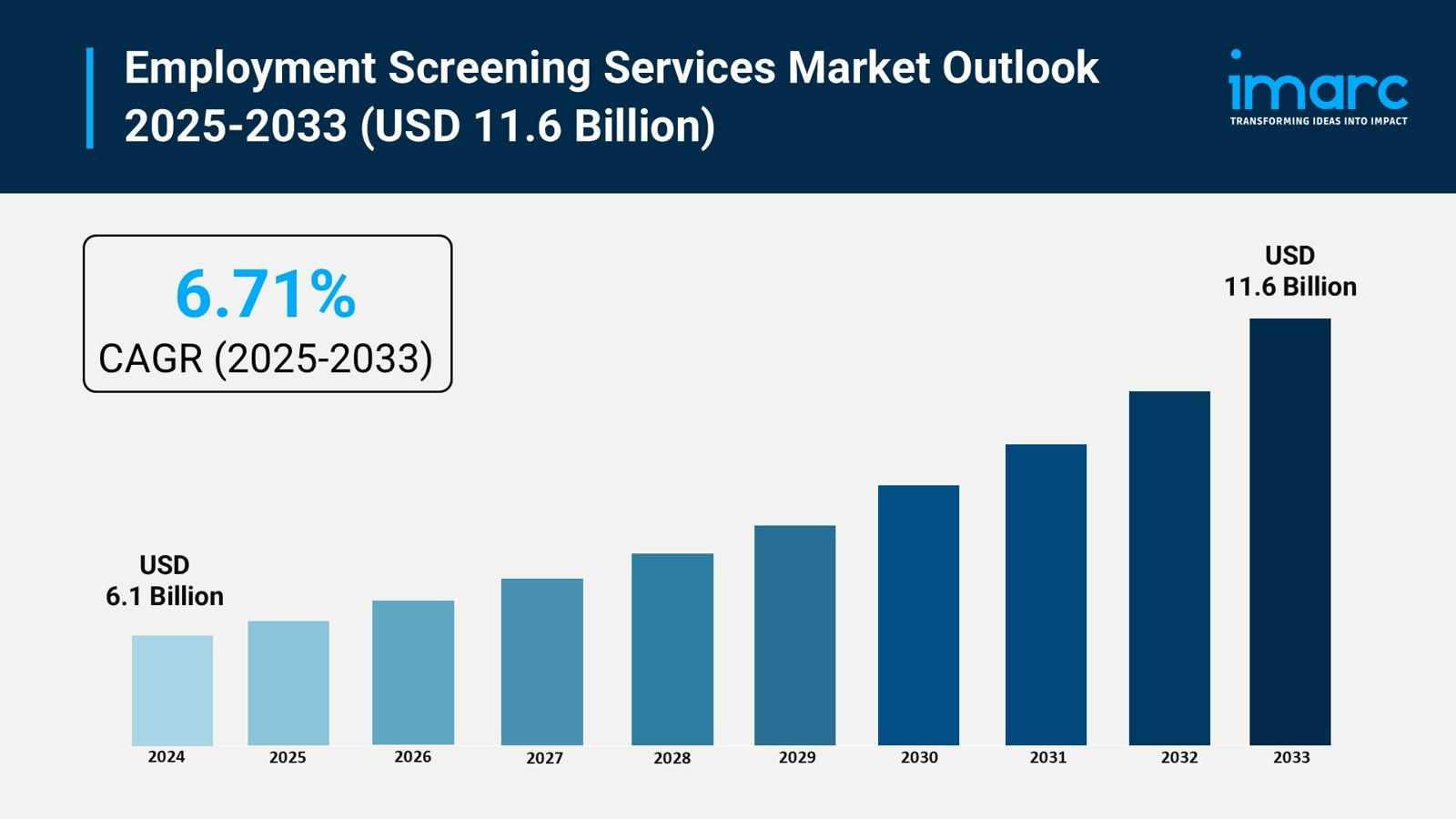
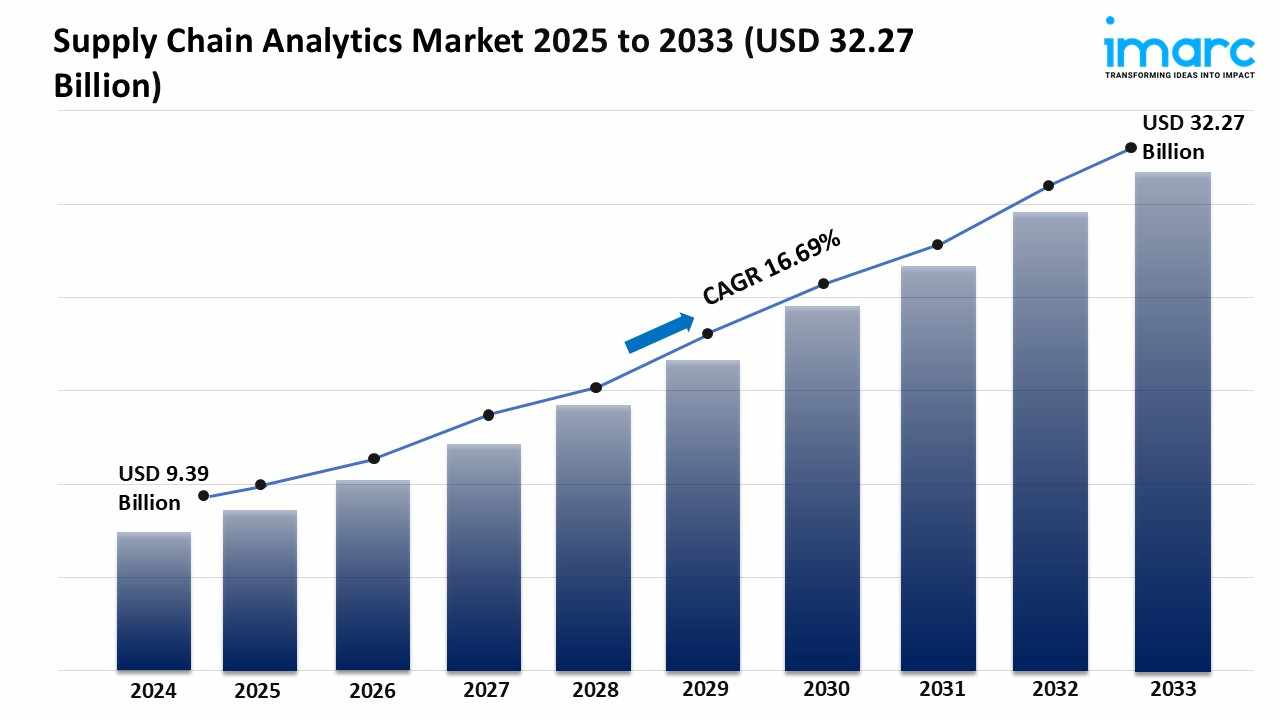
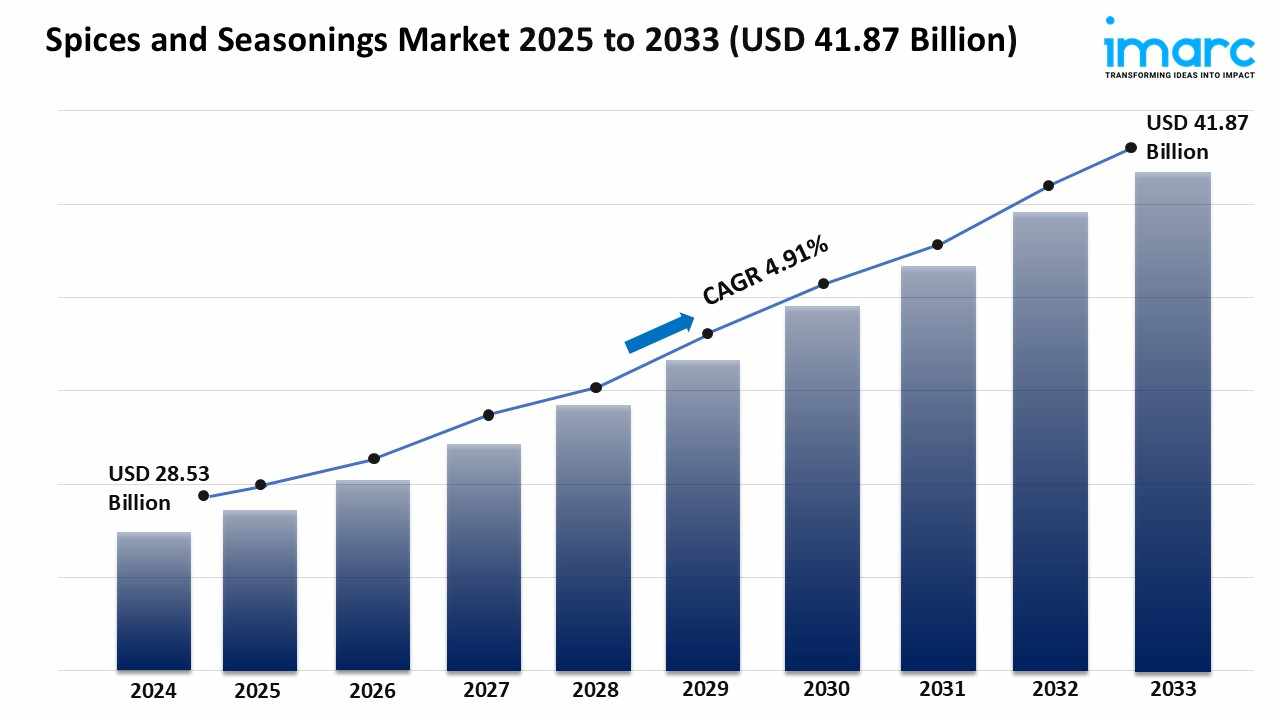







Write a comment ...